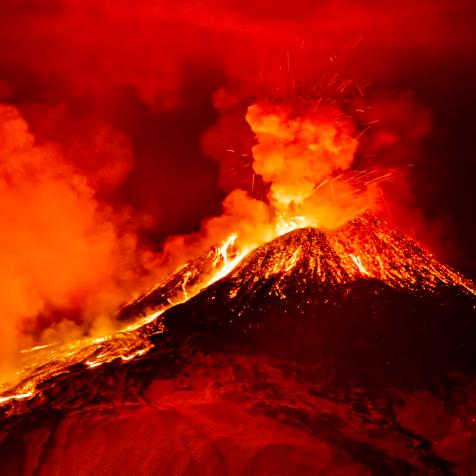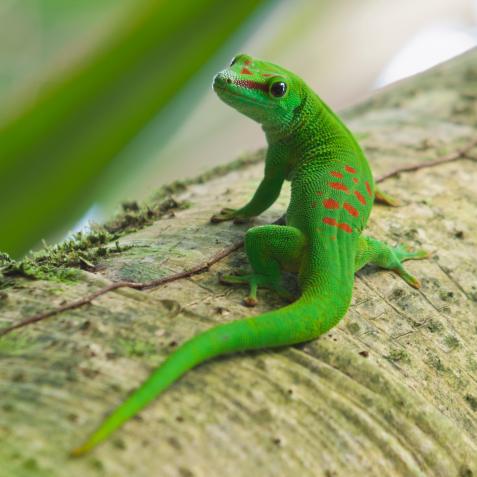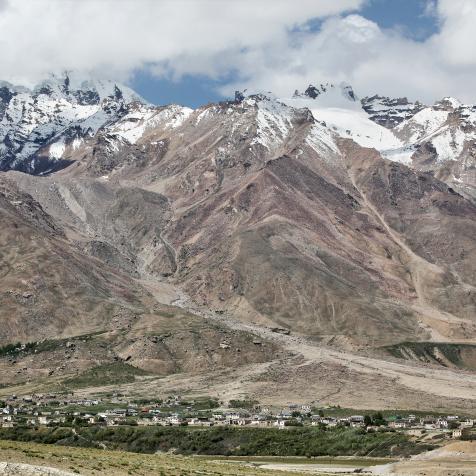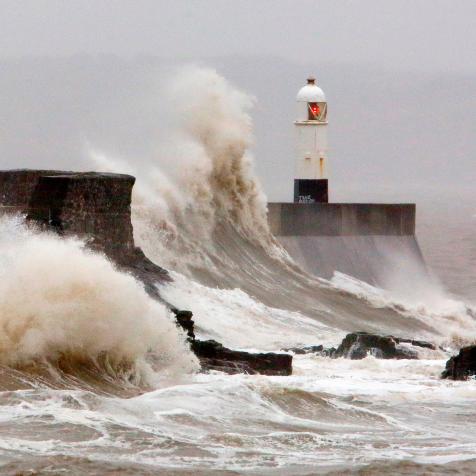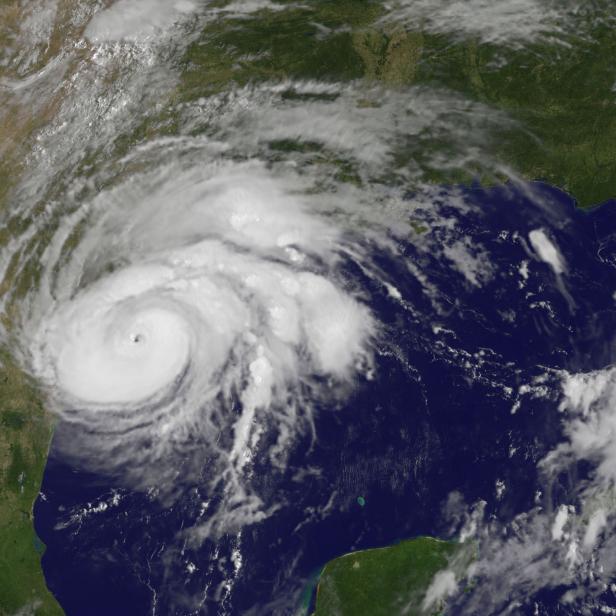
Handout
The Science Behind Hurricanes
Hurricane season is back. Here’s what you need to know about these violent storms.
Hurricanes are the most violent storms on Earth. They can also be referred to as typhoons and cyclones, but their scientific name is tropical cyclones. However, hurricanes actually only refer to tropical cyclones over the Atlantic Ocean with one-minute maximum sustained winds of at least 74 mph.
But how are hurricanes formed? Tropical cyclones are created from warm, moist air above the ocean waters near the equator. The rising warm air creates an area of lower air pressure and air from surrounding areas with higher air pressure pushes into this lower pressure area. As warm, moist air rises and cools down, the water in the air forms clouds. This group of clouds spins and grows into a cyclone, further fed by the ocean’s heat and evaporating water. One interesting fact is that storms that form south of the equator spin clockwise, while storms that form north, spin counterclockwise.
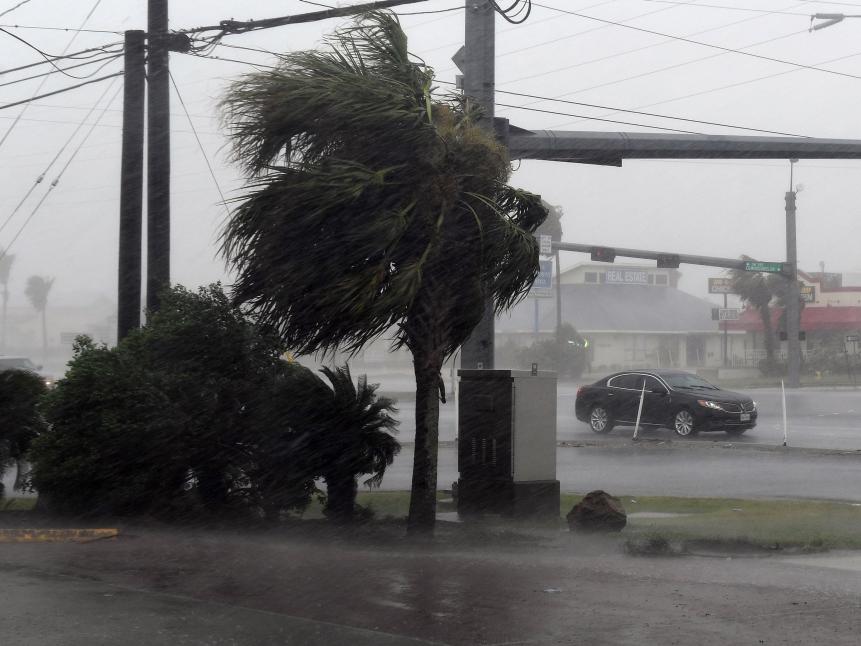
AFP Contributor
Hurricanes are comprised of three parts - the eye, the eyewall, and the rainbands. The eye of a storm is a circular area, 19-40 miles in diameter—most commonly known as being mostly calm weather. The eyewall, part with the strongest winds and rains, is a ring of thunderstorms that surrounds the eye. The rainbands are clouds that spin outward, making the storm bigger.
How is the strength of the storms determined? Tropical cyclones are measured by the Saffir-Simpson Wind Scale, a 1 to 5 rating determined by their wind speed. Storms reaching Category 3, at least 111 mph wind speed or higher, are considered major hurricanes for their predicted property damage such as inland flooding and electricity shortage.
Want more? Check out some of the most disastrous hurricanes on record to make landfall in North America, then watch the 2-hour Series Premiere of HURRICANE MAN Sunday, September 15 at 9P on Science Channel and on SCIgo.












